My Startup Stack (2016)
Entrepreneurship is a process, not a destination. To help you on that journey, here's the stack of tools I use to drive the train.

Want to get an idea off the ground quickly and cheaply?
Entrepreneurship is a process, not a destination.
That process is about rigorously recognising your assumptions, working out what you need to learn about them, and devising ways to test them.
So, whilst there’s a bunch of great tools out there to help – we need to recognise that they should be there to serve the process, rather than being the end goal.
I’m often asked by peers and colleagues what I use for social media management, what to use to build a website, or how to get analytics set up. Whilst it’s always important to reframe these questions to be about why you need the tool, who you’re using it for, and what you practically need to happen – I generally have a bit of a stack of tools I use for different cases – this post will give you a snapshot of that collection, not an exhaustive list of everything out there.
** This post was written in 2016, since then some of these tools may no longer be available, their pricing may be somewhat different, or I may not still say their tool is the best on the market. I do not receive payment from any of these services via affiliate links or otherwise. **
Tracking Startup Experiments
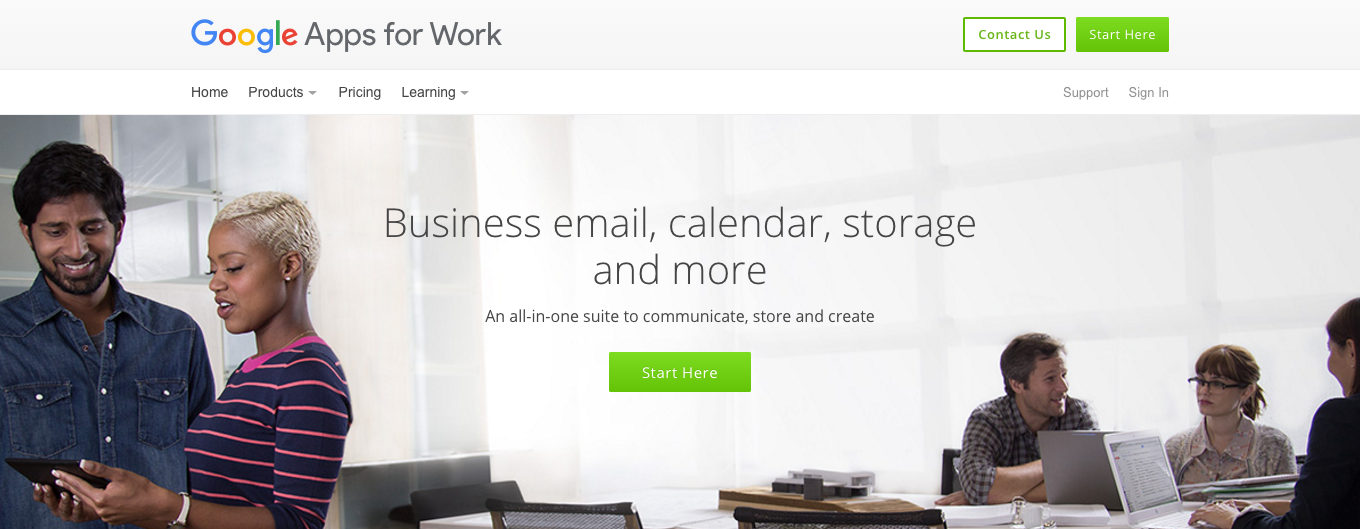

Trello + Google Apps
This combo is about the most flexible toolkit you can come across. I reckon I can do 75% of startup life with these two tools together. They’re super powerful and well integrated with one another.
Why: I use Google Docs to write hypotheses in the form of experiment sheets, and Trello as a hub for tracking all of these experiments as I run them. I actually wrote a blog about the whole ‘innovation accounting’ process which was inspired by Ash Maurya here.
I also use Google Apps for mapping out my Lean Canvas.
Links: Trello | Google Apps | Lean Canvas Template on Google Docs (Trello starts free, Google Apps starts at $5/month)
Website Builders

Strikingly
I’ve become a big fan of Strikingly for getting pages set up fast, and for most people who don’t code and don’t want to wrangle with Wordpress and all the plugins – it’s a pretty sweet option In the ‘drag and drop’ category.
Why: Visual editors have come a long way to enable a fast build of websites to test out ideas and interest.
Strikingly is packed full of great features like the templates/themes you can select from, a built in library of icons and images, some solid integrations, and the ability to add custom code snippets for things like analytics.
Link: Strikingly (starts free)
Domains
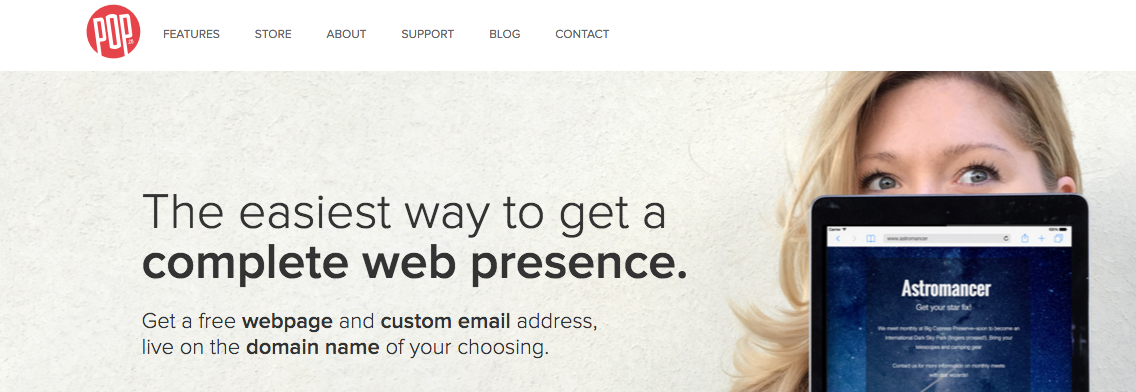
POP.co
Awhile back I feel in love with a domain hosting company. I never thought I’d say that.
Why: For those of you who are constantly having ideas about new projects to launch, or are launching multiple products/services which need their own identity – POP is an amazing service. Not only is it super cheap, has easy DNS settings (for directing your domain to your website or blog), it also plays really well with Google Apps. Originally you could select your domain, and it would set up your Google Apps account, a one page website and register your domain all in about 90 seconds. I think I got a bit addicted to that.
I’ve been slowly transitioning all my domains over to POP, which is why virtually everything I run is now a .co – a nice bonus is that they play nicely with Strikingly too.
Links: POP.co (starts free)
Marketing Automation
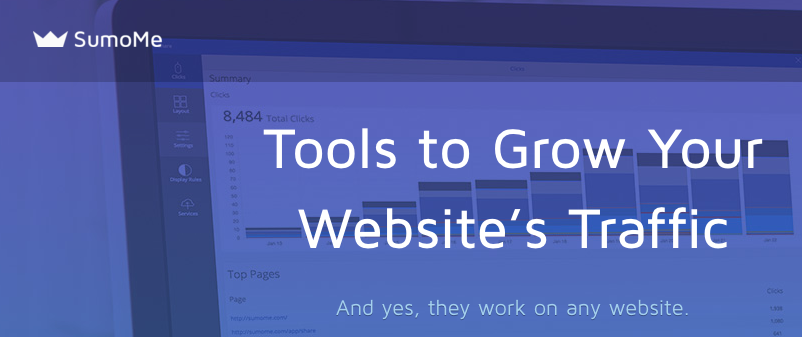
SumoMe
If you want control of a bunch of marketing tools on your website to build your email list, get insights about how people are engaging with your blog posts, or want a snapshot of your Google analytics that you’ll look at daily – SumoMe is an excellent choice.
Why: Running Marketing experiments can be some of the quickest and easiest ways of building engagement and increasing your conversion rates for a launch. But having tools that allow you to make changes quickly without the need for a developer or touching the code, is a marketing person’s dream.
SumoMe is actually a mini stack of it’s own. There’s pop ups, contact forms, heat maps, analytics displays and more. So far I’ve only used the free tiers, but for a not too costly upgrade, you can customise, run automated A/B tests and more.
Links: SumoMe (starts free)
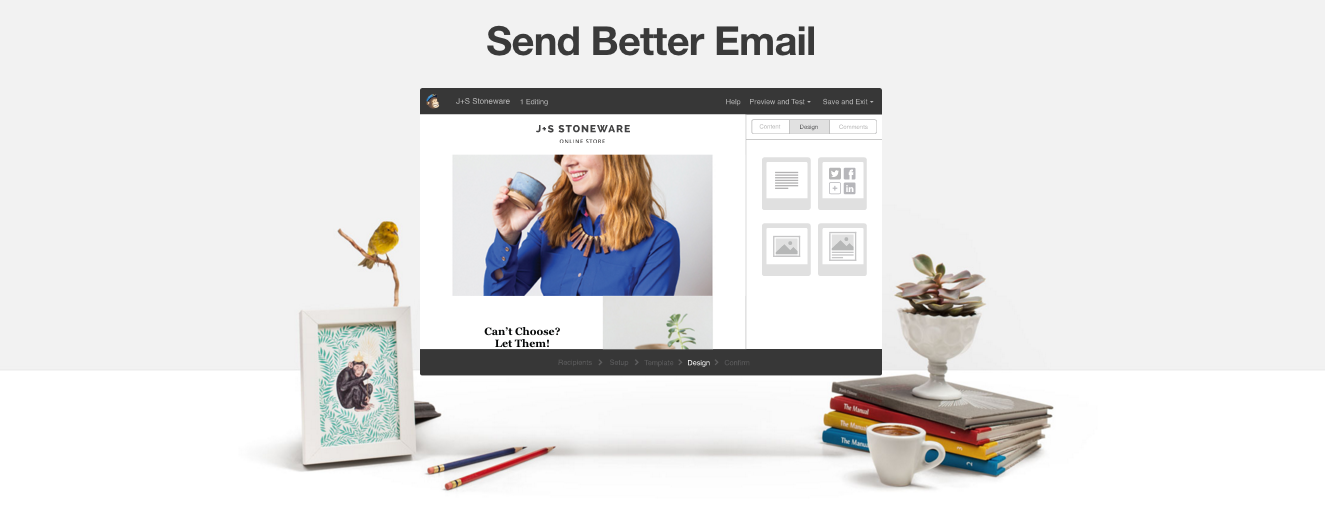
Mailchimp
I find it hard to go past Mailchimp for anything to do with email.
Why: Collecting signups, sending email newsletters, email drip campaigns, and email notifications triggered by actions – it does them all.
I really enjoy how largely intuitive Mailchimp is to use, and how they seem to consistently be adding new features which keeps them ahead of the game. Whilst the free plan is amazing to get you started, I feel like the paid plans are great value too.
Link: Mailchimp (starts free)
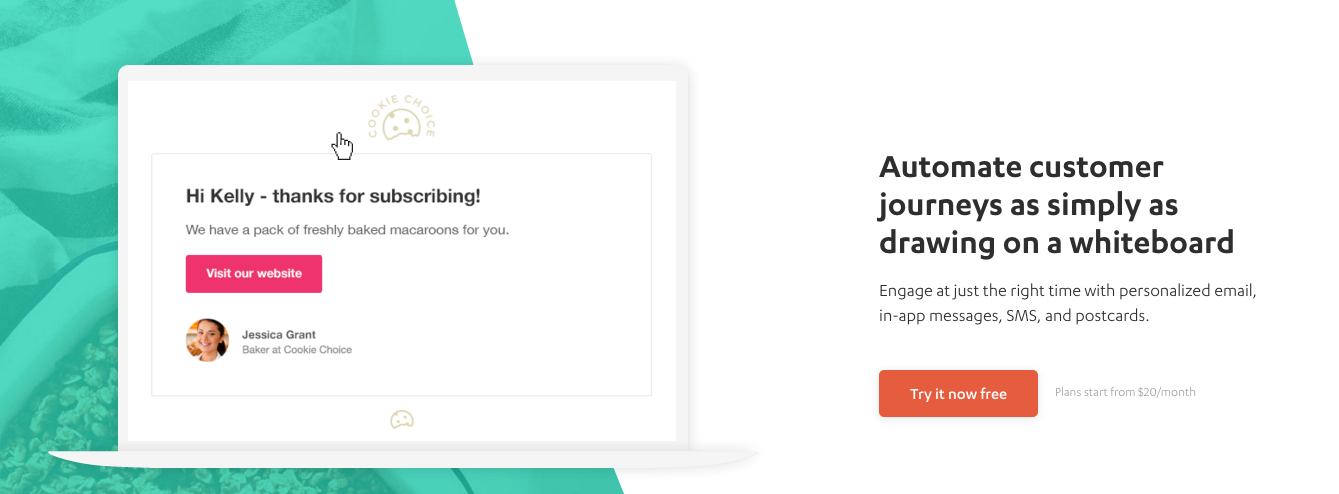
Autopilot
I’ve recently been playing a little with Autopilot and I’m quite liking it as a way of creating multi-channel journeys which are customised to customer/user behaviour.
Why: In a startup you simply don’t have the time to do everything manually (nor should you), so a little automation can go a long way to keeping people engaged and interested. Being able to execute this across multiple different channels (email, SMS, web etc) is a cut above just using the likes of Mailchimp alone.
Things move fast in startup land, so a lightweight visual map is a great way to create a solid customer funnel campaign which can move as you do.
Links: Autopilot (starts at $20/month)
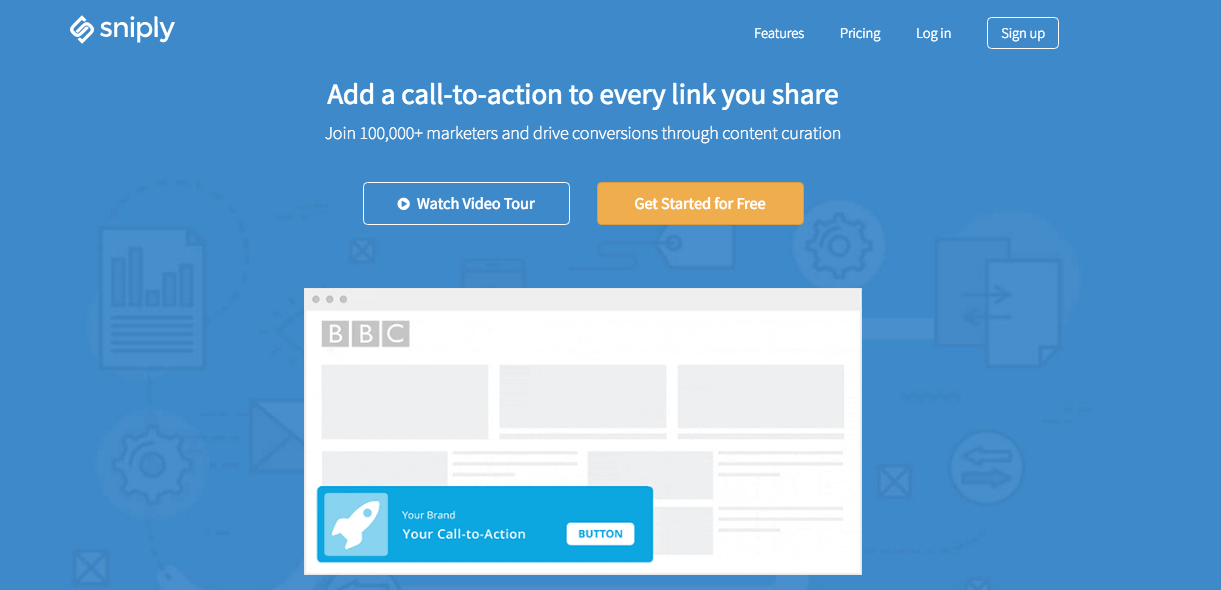
Sniply
Good content marketing is as much about curating the best content on a subject, as it is about generating your own and getting it out into the world. But sometimes you want those people to come back or visit another related article of yours. Sniply is a genius little snippet little tool which inserts a snippet at the bottom of the screen when you send people to someone else’s article.
Why: I found that creating roundup blog posts, or PDF articles which reference other sites are really useful to other people (a bit like this one), but I struggled to receive any value of that curation. This tool allowed me to point people back to other articles or resources with a simple CTA – even when you’re sharing it on social media etc.
I’ve not seen a lot of people using Sniply, but I think it’s a little gem.
Links: Sniply (starts free)
Analytics

Google Analytics
It’s hard to go past Google Analytics for a range of insights about how many people are navigating to your site, how they’re using it, and how long they’re staying.
Why: Data trumps guess work when it comes to building a marketing website, or an app. Getting solid data behind you will make just about every decision about your product/service easier to make.
I heartily suggest doing a bit of learning before with Google if you haven’t used Analytics before – it can be a bit overwhelming otherwise.
Link: Google Analytics (starts free)
Forms

Typeform
Whilst I’m a big fan of Google Forms as part of the Google Apps suite, but I really love how Typeform feels.
Why: If you’re not getting feedback from your customers and users, then you’re probably building something that nobody wants or connection to. I use forms for surveying, feedback, features suggestions and more.
The additional integrations that Typeform allows, as well as the themes and preset formats for things like customer feedback are great.
Link: Typeform (starts free)
Social Media
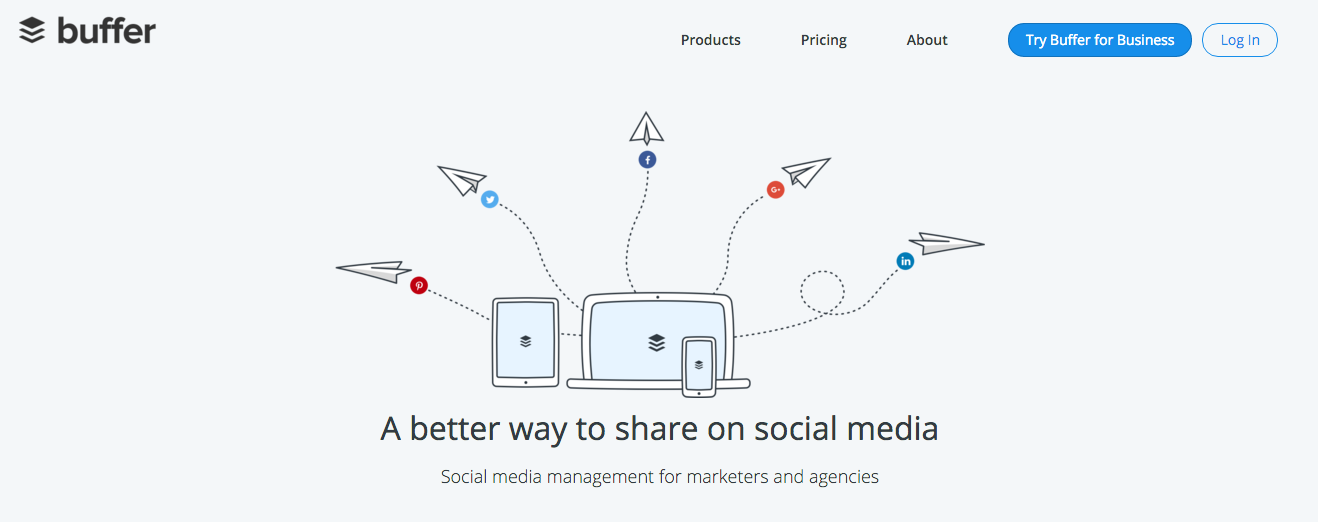
Buffer
I’m a Buffer stalwart and have been since the early days. It’s a great service for dripping content out into your social networks over time, rather than just when you’re online – again a blessing in startup land when you need to focus on other things.
Why: Using social media to engage your (potential) audience is a great series of channels for promotion, conversation and community building. Whilst Buffer doesn’t allow you to listen and interact, in tandem with your chosen platform (e.g. Twitter, Facebook, LinkedIn) it enables you to engage people throughout the day.
I think that content marketing is a great way to generate value and sales leads – Buffer helps you do that well, across a range of channels.
Links: Buffer (starts free, but paid plan is well worth it)

Commun.it
If you want to get a little intelligence about who is engaging with you on Twitter (and now Facebook) then Commun.it is an interesting tool for you. Whilst the interface can take some time to learn, the proactive nature of the insights is really useful.
Why: I’m a big believer in finding out who are your advocates and most engaged members, and following up with them to deepen the relationship and find out some gems about what is working well for them.
Understanding what messages, offers and language works for people is a vital part of startup marketing. Community intelligence is a great way to cut through the noise and spot patterns, so you spend time doing the really valuable work.
Links: Commun.it (starts free)
Content Delivery / eCommerce
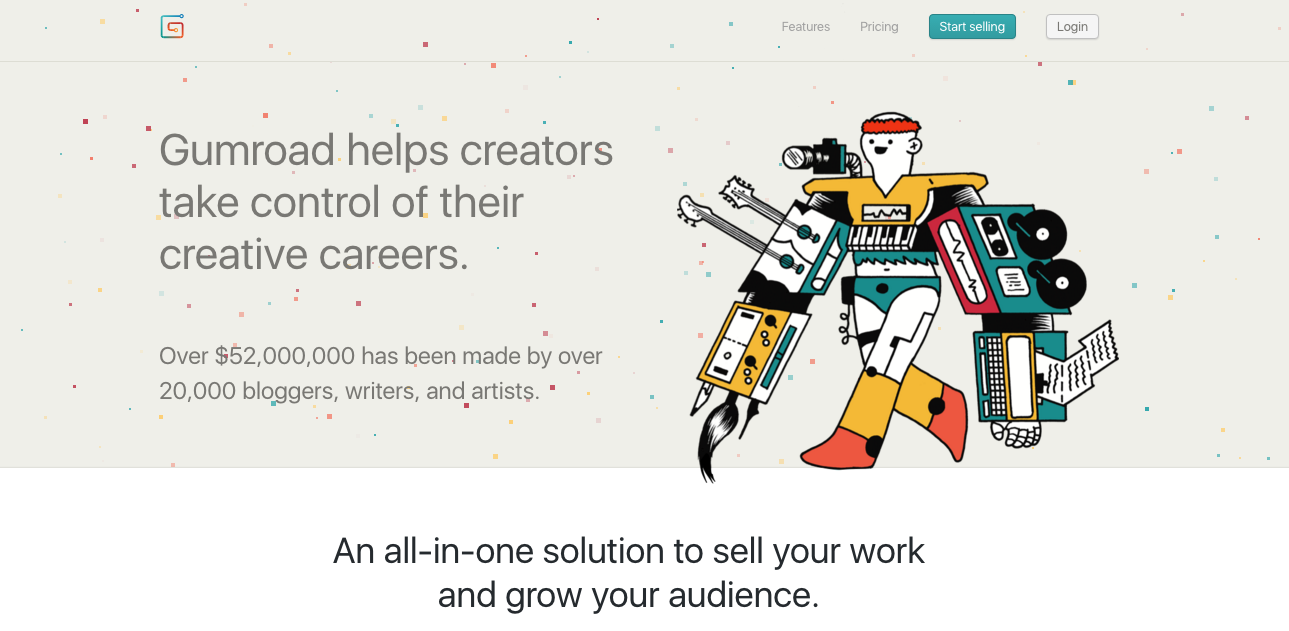
Gumroad
If you’re building and selling digital content (or physical products now too), or want to offer digital downloads as part of content marketing, then you either need to find a way through your website, or you can use a 3rd party tool like Gumroad.
Why: Selling can be a hassle, so getting started with a platform that takes a small cut of your sales allows you to get up and running quickly.
Gumroad is a pretty slick sales experience, and they’ve added some nice features to allow organisations to build and keep their own community/followers.
Links: Gumroad (starts at $10/month)
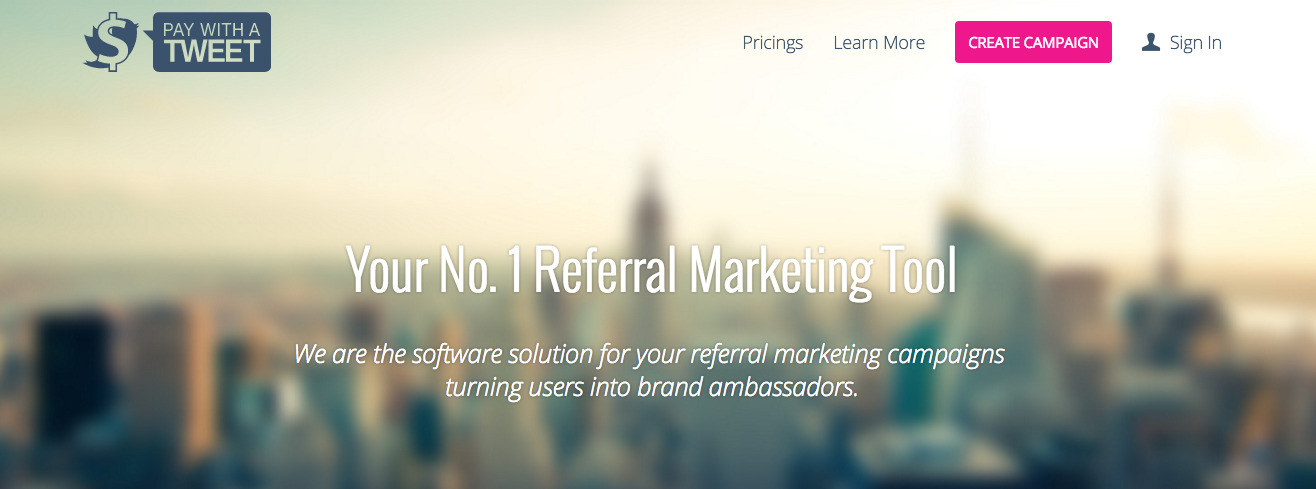
Pay With A Tweet
Ever wished you could give away your digital content for the price of a social share? Pay With A Tweet has you covered.
Why: There’s nothing like word of mouth, so a tool which incentivises people to talk about your content – whether it’s an eBook, a free chapter, a new course you’re releasing, or something else – social shares can take you from zero to an engaged following quickly.
Unless you sign up on the expensive business plan, you can’t do any customisation of the button, but it’s a useful tool all the same.
Links: Pay With A Tweet
Accepting Payments
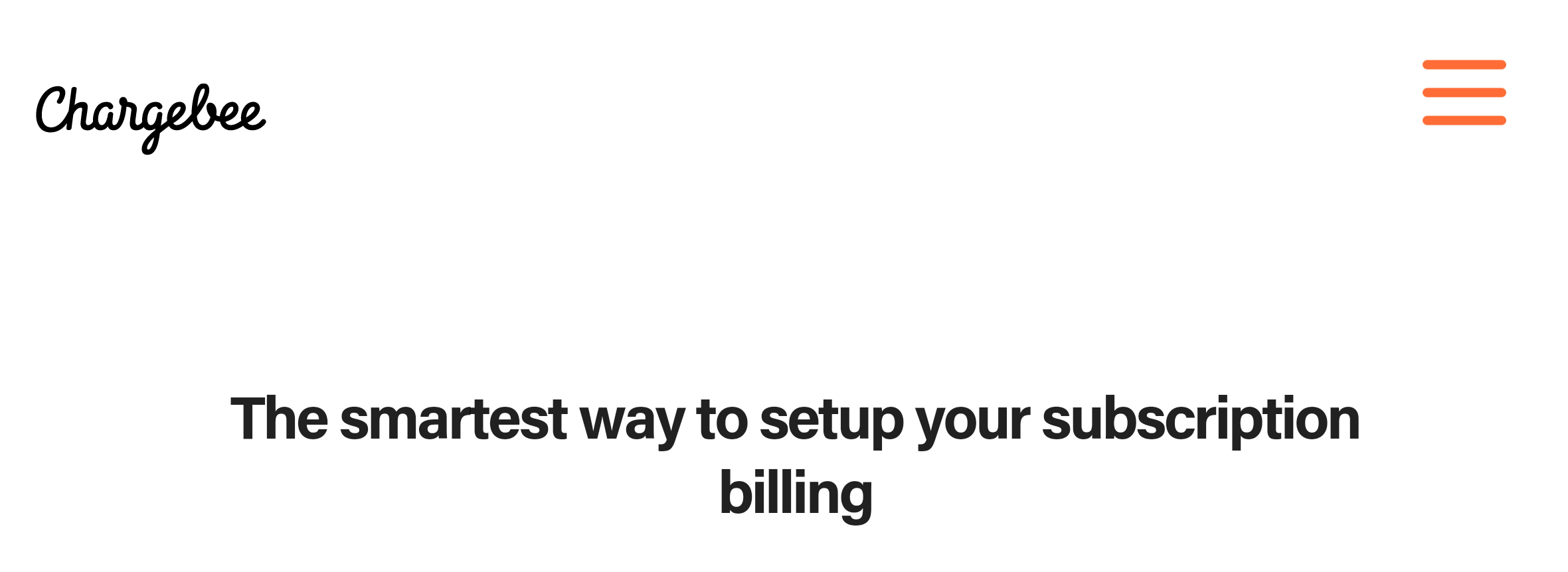
Chargebee
When it’s time to start taking payments, you shouldn’t build your own payment system imho — save the time and hassle and start with SaaS.
Why: Chargebee strikes a happy medium of functionality, easy setup, multiple currencies and more.
You could use something like PayPal, but honestly it sucks for everyone — so I’d suggest a provider which gives you a whole lot more functionality and flexibility.
Links: Chargebee
Design
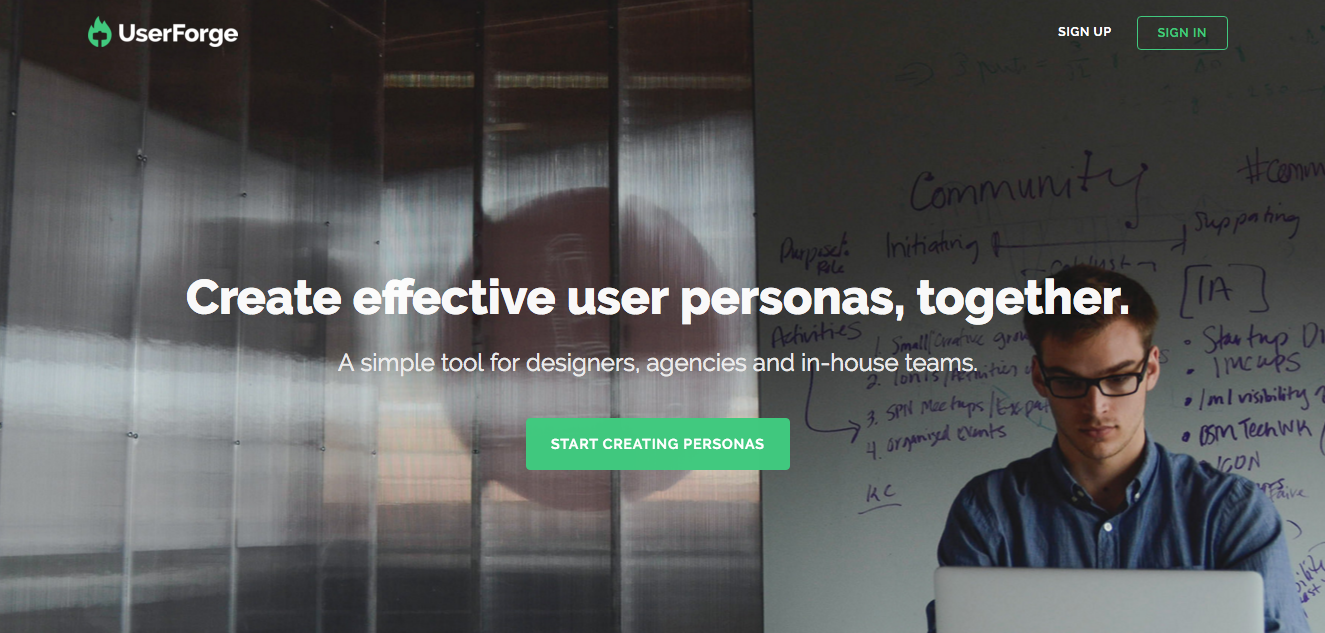
Userforge
Keeping your users and customers in mind whenever you’re doing design work is the job of Userforge – it’s a home for building and sharing User Personas.
Why: Consistently going back to who your users and customers are is vital when you’re navigating your way to build a product that people want.
Whether you’re working on your own, or with a small team, having a repository of the personas you’re working with is priceless.
Links: Userforge (starts free)
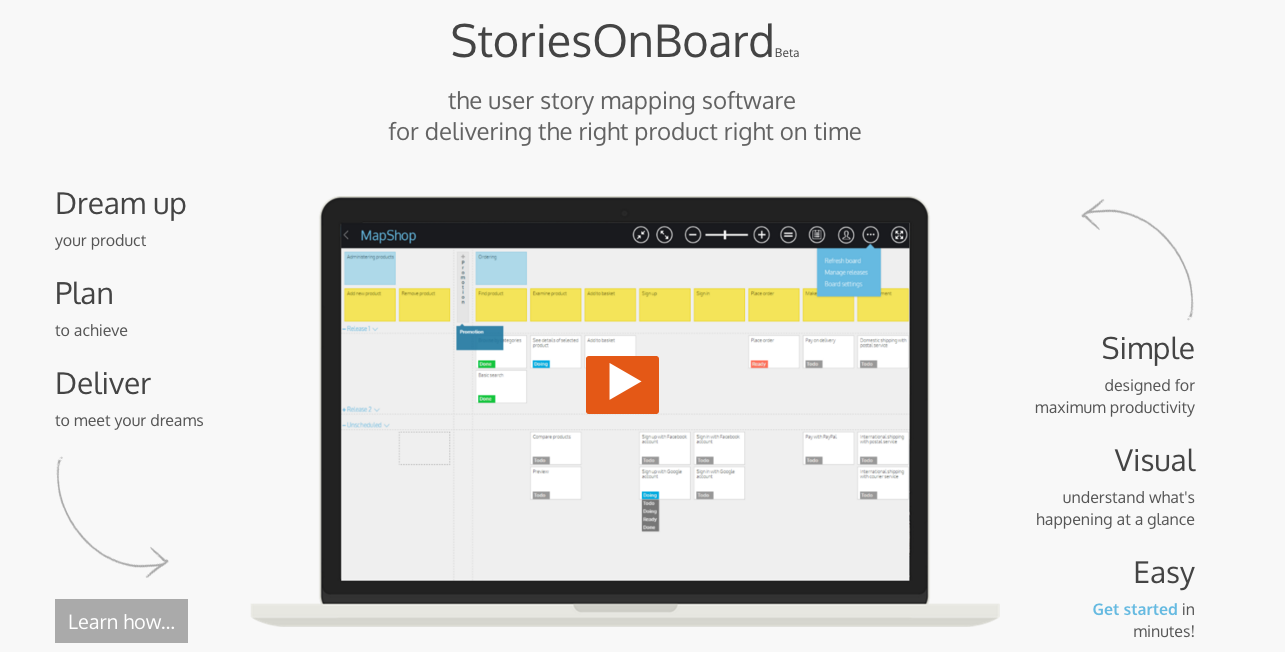
Stories on Board
Mapping out your product or service in stages can be a real help – whether you’re building a digital product, or just want to think through a service you’re offering – Stories on Board is a great tool for collecting User Stories (or Jobs To Be Done) to help inform it.
Why: I find user stories and JTBD a great way of framing up different aspects of a product or service, and having a tool to get everyone on the same page about what you’re building together is invaluable.
I used to try and write everything out on post it notes and build a map on the wall. It’s great if you’re not moving around, but having a digital home is great too.
Links: Stories On Board (starts free)


Sketch + InVision (& POP)
The value of making ideas visual is not lost on me. Whether it’s mapping out the flow of a product/service, creating wireframes for websites or apps, or actually creating clickable prototypes to show users or stakeholders – Sketch & InVision is a powerful combo.
Why: Writing a line of code before you have checked things out with users, is likely to end up as a waste of time and money. You can quickly work through a range of scenarios and options if you create low fidelity versions of your idea.
Sketch is leading the pack in UX tools (possibly only second to post it notes and pens), and thanks to its ability to also create relatively high detail mockups which can then be imported into InVision, makes it a great tool for most people working in Experience Design (on & offline).
I also need to give an honourable mention for the very awesome Prototyping On Paper (POP) which allows people to create quick and dirty pen & paper mock ups for mobile apps, which can then be photographed and uploaded in the POP App and turned into a clickable prototype.
Links: Sketch App (Mac only, free trial / $129 one time cost) | InVision (starts free) | POP App (starts free)
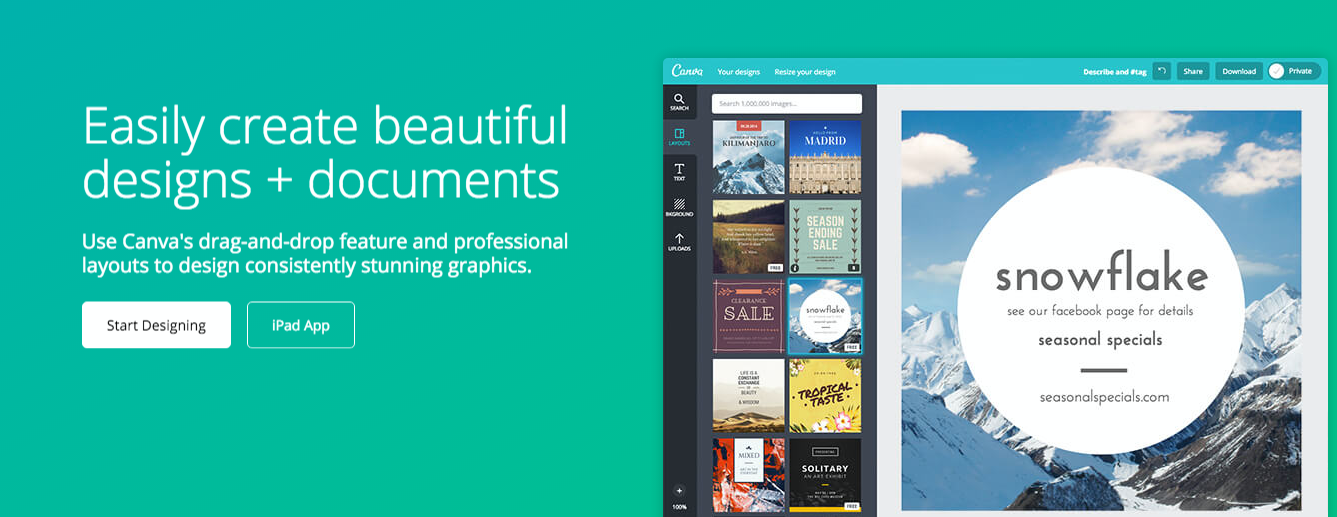
Canva
If you’re not a graphic designer, you either need to hire someone, or you need the help of a tool which can help you get started quickly. I strongly believe in the value of good design (and designers), but I’ve also been in the place of entrepreneurs and marketers that simply have no budget to hire someone. I figure in the age of fast moving communications and marketing, you either need to teach yourself basic graphic design, or you need to use tools like Canva.
Why: Generating resources on the fly for social media, creating posters for events, even designing business cards or stickers – Canva is a shortcut tool for graphic designers and non-designers alike who are looking to create visual content.
The Canvas for Business tier is an excellent investment for people who can afford it – the ability to upload brand guidelines, fonts, colours, images and logos saves a huge amount of time to keep you on brand whilst you’re creating.
Links: Canva (starts free, business tier is $12.95/month)
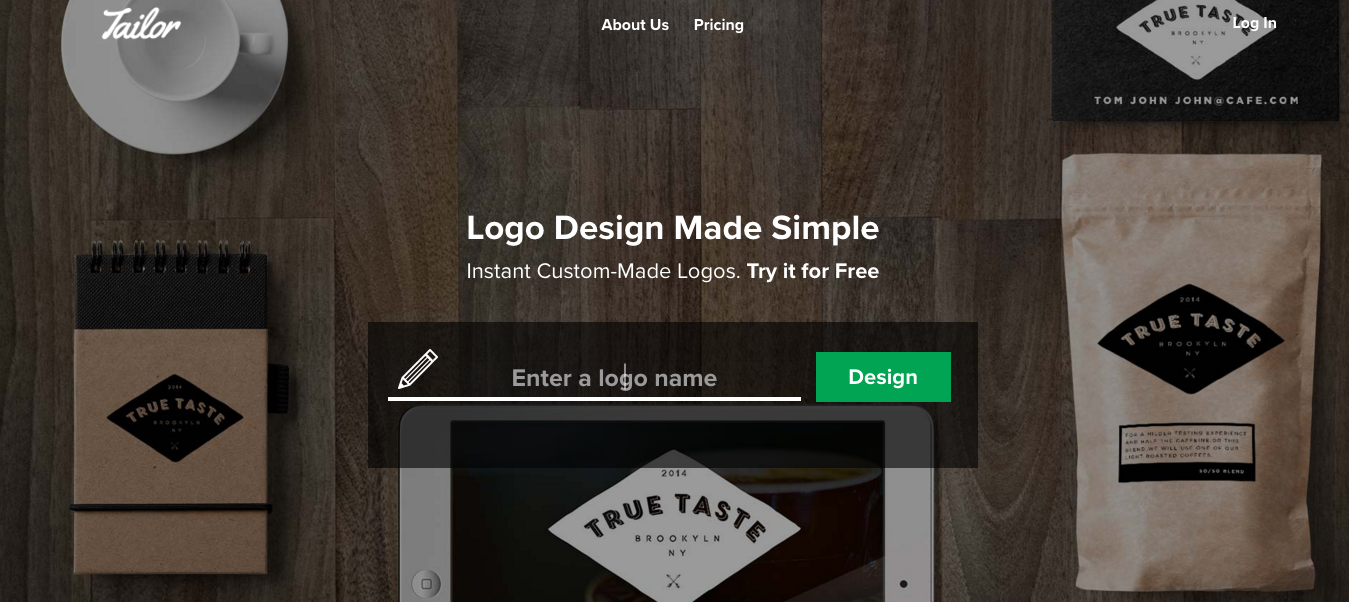
Tailor Brands
On a similar theme to the above – I don’t want to devalue quality design work, but when you’re faced with the need to quickly and cheaply generate a semi-professional identity for something you’re testing – sometimes you can’t go past an automated logo generator which isn’t Hipster Logo…
Why: Much like writing code before you’ve tested the viability of your business model or even product idea, I feel like investing $100(0)’s in a brand identity is premature. So when I stumbled across Tailor Brands, I recognised the niche they were after – people who don’t care a huge amount about the identity, but need something semi-professional quickly and cheaply – and it’s a bonus if you can get it ready-to-go across the sizes you need for social platforms too.
Tailor Brands works by a bit of ‘this or that’ choosing between font styles, a bit of ‘choose your symbol’, and then a bit of computer wizardry and human tweaking. It’s weirdly addictive, and so easy to keep starting over until you’ve got something you’re half way happy with. I don’t think it’s going to win any design awards, but if you’re wanting a quick branding package at 2am, then you’re in luck.
Links: Tailor Brands (starts at $24 for a single logo, but $59 or $99 for branding packages)
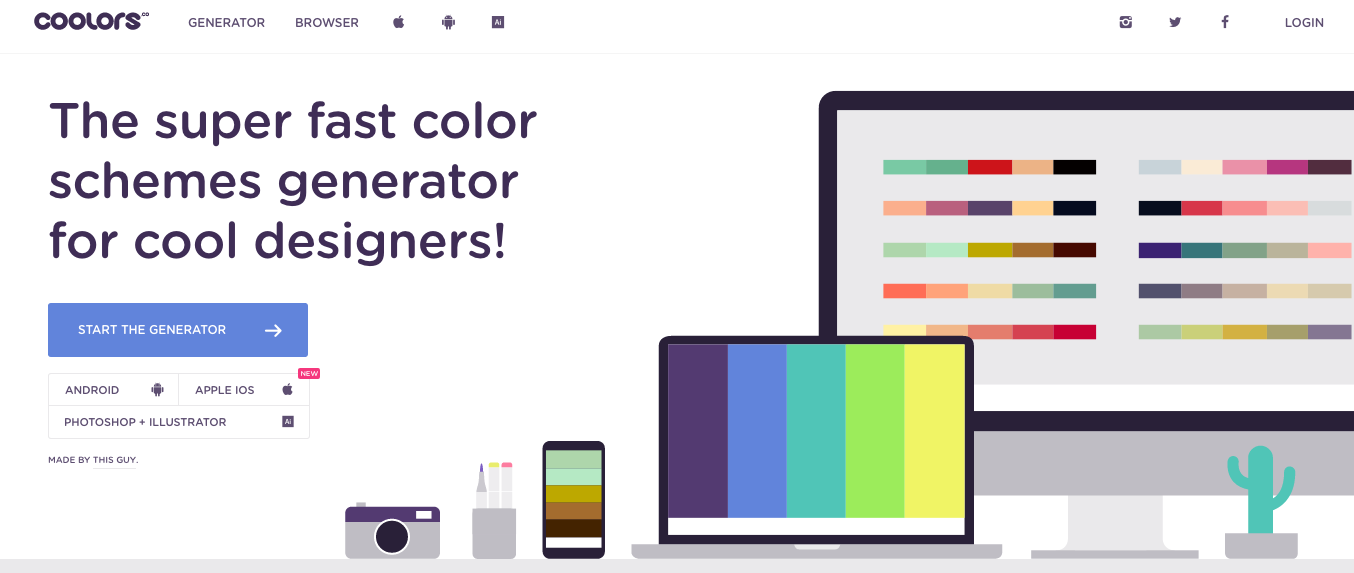
Coolors
When you’re creating a quick brand package to test your idea, it’s a good idea to also set out a small range of colours to use when building resources and websites. Coolors helps you do that quickly and easily, and then download the palette with all the RGB & Hex values.
Why: Staying on brand will help you keep visual continuity in the early days, helping build identity and recognition amongst your users and customers.
Coolors has a great interface for designers and non-designers alike.
Links: Coolors (free)
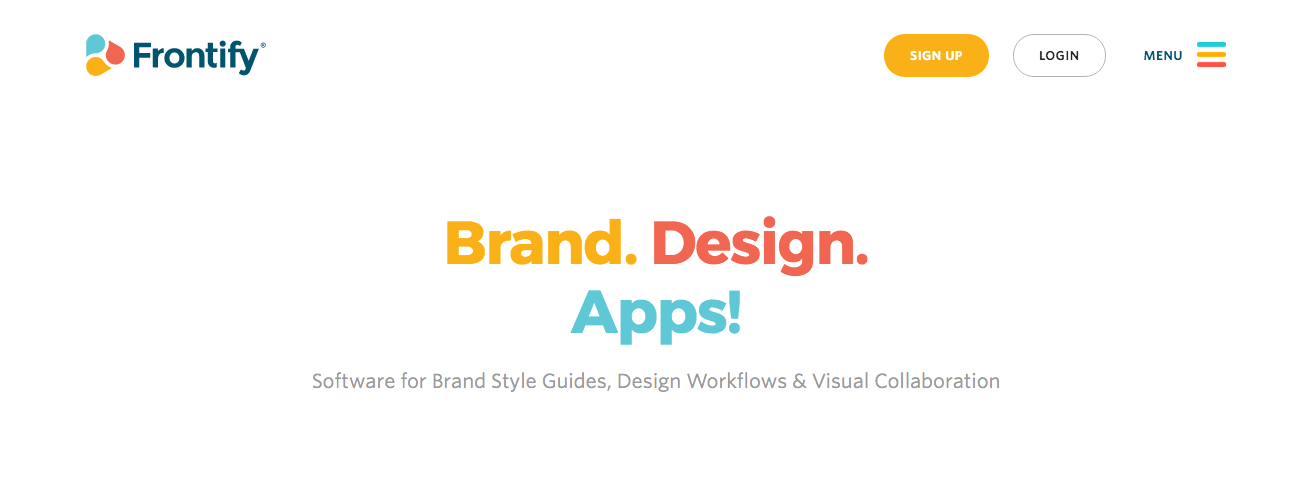
Frontify
If you’ve built your logo and chosen your colours, you’ll need somewhere to keep your branding package so that you can reference and share it any time. Frontify is that brand identity storage tool.
Why: a single home to reference your brand guidelines will save you time and energy.
Links: Frontify (free)
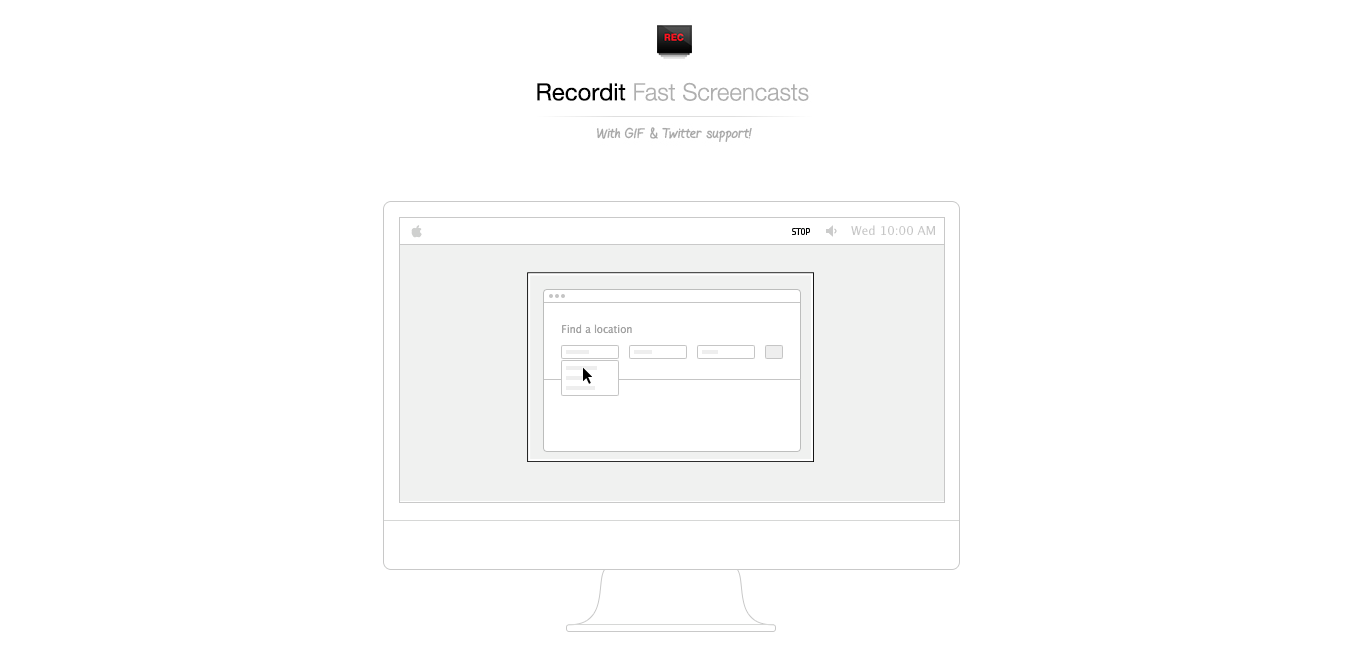
RecordIt
Sometimes you need to showcase a feature, record a how to video, or create a GIF for a newsletter. Most screenshare/recording software is pretty clunky and there’s a bunch of choices and features. RecordIt is the simplest and fastest tool I’ve come across.
Why: Lightning fast screen share and recording which you can export in a couple of formats – with extra bonus points for GIF being one of them.
RecordIt works on Mac and Windows.
Links: RecordIt
Visual Collaboration
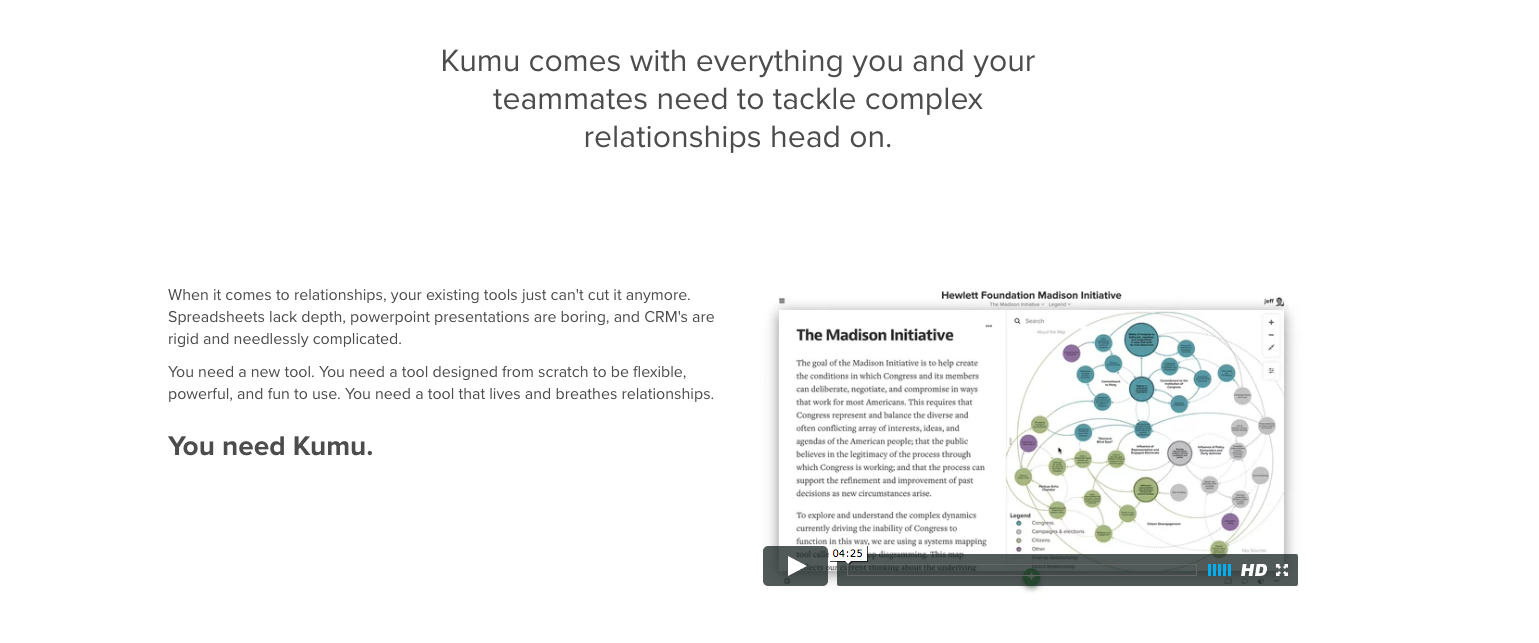
Kumu
One of my absolute favourite tools (for awhile now) has been to help make sense of the complexity of most startup whirls.
Why: Whether it’s stakeholder mapping, understanding a system, mapping competitors, or building simple visuals to help people understand an idea — I turn to Kumu.
I love the ability to go drill deep into a system with the map — you can create descriptions, embed media, send people off to other blog posts or websites. The maps also auto-animate as you move them around, which is kinda cool.
Links: Kumu (starts free)

Real Time Board
Sometimes you just need a big whiteboard for… whatever! Scheming, breaking out ideas, working with remote collaborators… you just need space for your ideas to flow. Real Time Board is an expandable digital canvas – you might be familiar with Prezi or Mural.ly – RTB is in this mould.
Why: Digital collaboration is hard, and it’s made easier by visualising ideas and processes. So many of our ideas these days reference existing content and media, so it’s really useful when you can pull these into what you’re working on too.
I’ve used Mural.ly on and off for awhile now, and they seem to be angling more for a corporate market, so their pricing is getting unaffordable. SO I was delighted when I found Real Time Board – I’ll be using it increasingly over the coming months for a range of projects.
Links: Real Time Board (starts free)
Storytelling

Exposure
Sometimes you just want to create a beautiful visual story of something you’ve been working on — whether it’s an event you’ve run, a product you’ve created, or the behind-the-scenes of the culture you’re creating. Exposure is a home for visual stories.
Why: Exposure is probably the most beautiful home for visuals I’ve come across. They’ve built you a home which allows your photos to shine and tell the story of the work you’re doing.
As well as some great Pro plans targetted at freelancers, they now have a Business plan which gives you heaps of customisation abilities.
Links: Exposure (free trial, starts at $5/month)
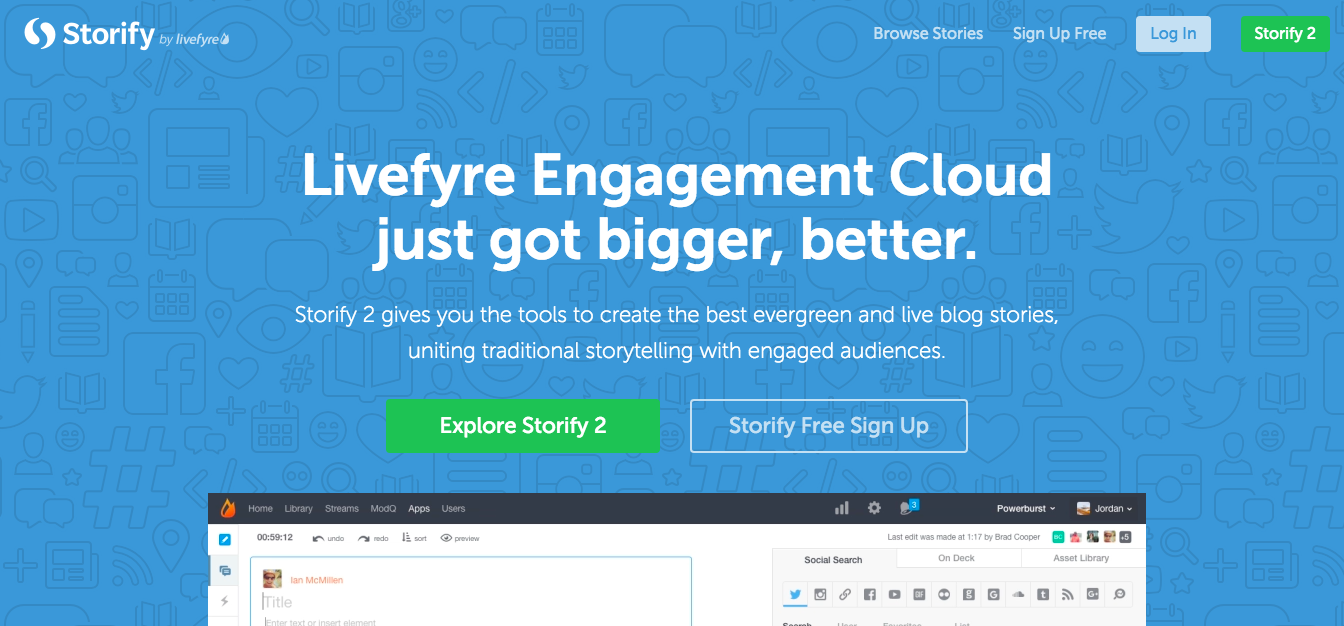
Storify
Ever found yourself trying to curate the awesome sparks and conversations which happen on social media, into some kind of cohesive story? Embedding tweets, linking to facebook posts — it doesn’t cut it. But Storify stepped into this gap to create a multimedia storytelling tool which you can drag in other people’s social media postings.
Why: It’s super quick and easy to use, and allows you to tell a story of an event, an online chat, or even a curation of interesting resources and insights from the web.
I tend to use Storify to curate the tweets from participants at events, or online chats myself, but there’s no reason you couldn’t create a roundup newsletter, craft a whole blog post (with people’s tweets for evidence), or even use it for live blogging.
Links: Storify (free)
Other links:
30+ Tools for Social Entrepreneurs – a post I wrote for Lifehack awhile back.
Startup Stash – curated Startup Tool list
Mobile Startup Pack – grab your startup deals for SaaS tools.
LaunchKit – an interesting array of tools for people releasing Mobile Apps.
Say Hi
This post is written in lieu of being able to work with everyone who’s got a great idea and wants to test it. However, if you’re working on something which needs some smarts, and is going to create a positive social or environmental impact, I’d love to hear from you.





